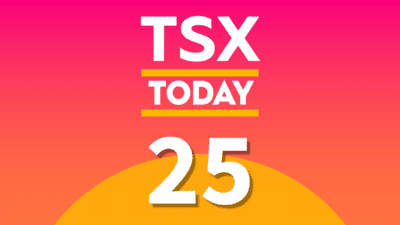Dollarama (TSX:DOL) has an incredible business model. The company has largely operated debt-free and has been one of the best-performing stocks in Canada. The occupancy costs included in Dollarama’s cost of sales are mainly comprised of variable and non-indexed rental expenses for the company’s stores that are excluded from the lease liability under accounting standards. Fixed and indexed rental payments are recognized as a lease liability under International Financial Reporting Standards (IFRS).
Offering a compelling value to customers
However, Dollarama’s occupancy costs have generally increased over the years. Management believes that it is generally able to negotiate leases at competitive market rates and does not anticipate significant rate increases in the short to medium term. Presently, the company believes that it is too early to determine the impact of the COVID-19 pandemic on commercial real estate rates.
Typically, Dollarama signs store leases with a base term of 10 years and one or more renewal options of five years each. Dollarama maintains a sustainable gross margin, where it can achieve a healthy balance between maximizing returns to shareholders and offering compelling value to the company’s customers. Dollarama’s gross margin varies on a quarterly basis as a result of fluctuations in product margins, as it refreshes approximately 25-30% of the company’s offering on an annual basis, and manages fluctuations in logistics and transportation costs, among other factors.
Shift in the sales mix
In fiscal 2021, the gross margin was also impacted by a shift in the sales mix in the COVID-19 environment. Dollarama’s general, administrative, and store operating expenses (SG&A) consist of store labour, which is primarily variable and proportional to our sales volume, as well as general store maintenance costs, salaries, and related benefits of corporate and field management team members, administrative office expenses, professional fees, and other related expenses, all of which are primarily fixed.
Although Dollarama’s average store hourly wage rate is higher than the statutory minimum wage, a significant increase in the statutory minimum wage would significantly increase Dollarama’s payroll costs, unless it realizes offsetting productivity improvements and other store cost reductions.
Certain Canadian provinces implemented notable increases in the statutory minimum wage in fiscal 2021. Minimum wage adjustments that deviate from the formula based on the year-over-year change in the consumer price index (CPI) create unpredictability, resulting in additional challenges for retailers like Dollarama.
Highly competitive value retail industry
Further, Dollarama operates in the value retail industry, which is highly competitive with respect to price, store location, merchandise quality, assortment and presentation, in-stock consistency, and customer service. In addition to the competition from other dollar stores, Dollarama also faces competition to an even greater extent from variety and discount stores, convenience stores, and mass merchants operating in Canada, many of which operate stores in the areas where Dollarama operates and offer products substantially similar to those offered by Dollarama and engage in extensive advertising and marketing efforts.
Despite these challenges, Dollarama provides an excellent product and service and could outperform other Canadian companies for a very long time.








